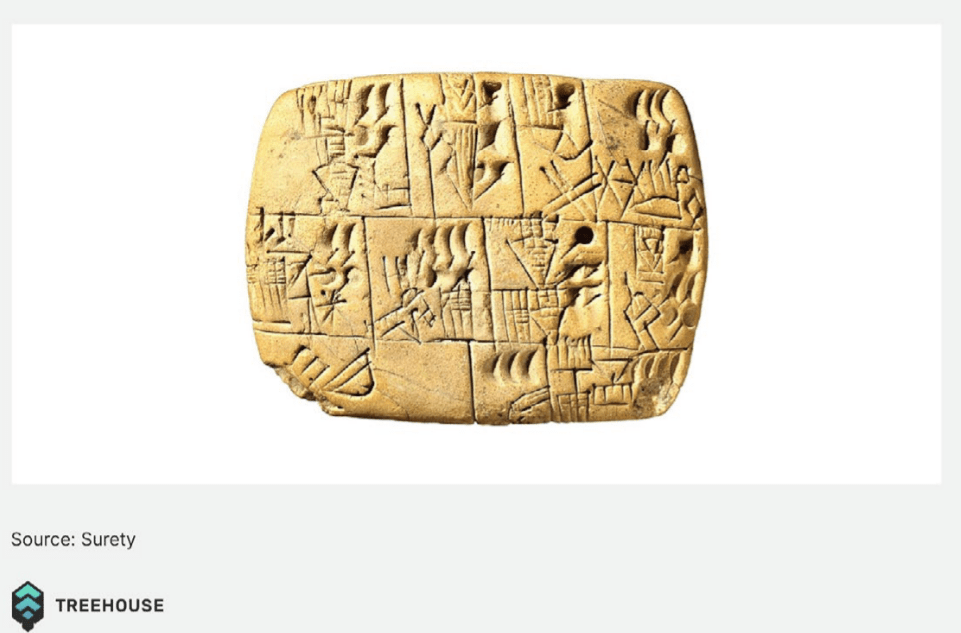Throughout the long history of financial development, the fixed income market has always played a crucial role. As bond king Bill Gross once said: "Bonds as an asset class will always be needed, not just by insurance companies and pension funds, but also by the aging baby boomer generation." This statement profoundly reveals the irreplaceable position of fixed income in the modern financial system.

The birth of the fixed income market stems from humanity's basic need for credit as an economic activity. Whether we believe that money originated from the inefficiencies of barter or that credit is the primary catalyst for the creation of money, the economic behavior of credit or future returns marks a pivotal moment in human history. Through credit mechanisms, individuals, businesses, and governments can engage in borrowing activities, promoting an increase in consumer spending, while lenders can earn returns from idle assets. This simple yet effective dynamic mechanism makes fixed income the cornerstone of today's financial markets, surpassing the size of the real estate market and far exceeding that of the stock and commodity markets, becoming the largest investable asset class in traditional finance.
From a historical perspective, evidence of fixed income in early records is relatively scarce, suggesting it may be a relatively new phenomenon. However, lending activities likely existed since the earliest civilizations, maintained through considerations of reputation and social consequences within simple communities. Just as cultural anthropologists face confusion when encountering non-literate tribes deep in the Amazon, the behavior patterns of bond market participants are similarly filled with complexity and mystery.
The earliest known bonds can be traced back to 2400 BC in Nippur, Iraq, where corn was used as money. In ancient times, grains served as a common medium for loans, allowing borrowers to use the borrowed items to plant crops as repayment. By 1700 BC, silver had replaced grains as the preferred medium of exchange in Mesopotamia. However, due to its inherent characteristics, silver loans posed problems for early borrowers. Unlike grains, silver metal could not directly generate more silver. To maintain the normal functioning of the credit market and adequately meet the complex demands of the economy, the sixth king of Babylon intervened and issued a decree to unify the price of silver and lending rates, establishing the first known interest rate practice in society.
Since then, innovations in fixed income have gradually developed over several centuries, with significant developments occurring around 300-400 BC. In India, innovation took the form of letters of credit, providing insurance for loans through third-party entities to facilitate maritime trade. Greece soon followed, pioneering the concept of mortgages, which used underlying assets as collateral and could be confiscated in case of default. Later, in the 12th century, the first government loan was issued, marking a significant shift in financial history.
Once established, government debt becomes the largest driving force in the debt capital markets, primarily due to the enormous costs of war—from the prestiti of Venice in the 11th century, to the first loan from the Bank of England in the 17th century, to the inaugural issuance of U.S. Treasury bonds in 1917. Recently, from 2000 to 2007, the global fixed income market size doubled, with growth again attributed to government printing money to fund various projects. Today, nearly 60% of the global bond market is composed of government debt.
In this era where tradition meets innovation, the cryptocurrency sector is redefining the concept of fixed income. The emergence of blockchain technology and smart contracts has brought unprecedented transparency, programmability, and global accessibility to fixed income products. Decentralized financial protocols are creating new lending mechanisms, eliminating the barriers imposed by traditional financial intermediaries, lowering transaction costs, and improving capital allocation efficiency.
The development of the digital asset fixed income market not only provides investors with new sources of yield but also opens new pathways for global financial inclusivity. Through lending agreements automatically executed by smart contracts, efficient capital allocation can be achieved without traditional bank approval processes. This innovative model is reshaping our understanding of risk management, yield generation, and capital flow.
As the regulatory environment gradually improves and technological infrastructure continues to mature, the cryptocurrency fixed income market is entering a golden period of rapid development. The participation of institutional investors, the enhancement of the stablecoin ecosystem, and the improvement of cross-chain interoperability are all driving this market towards a more mature and professional direction.
In this digital financial new era full of opportunities, #Treehouse and $TREE are bridging the gap for investors to access digital asset returns with their innovative fixed income solutions, opening a new chapter in fixed income investment.

